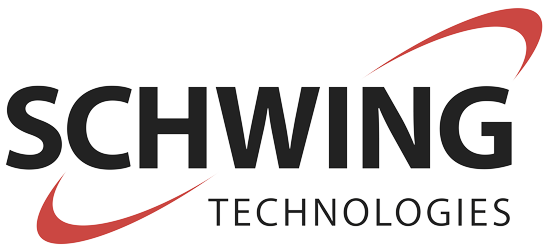Cleaning system with electrically driven loading pallet ensures deposit and withdrawal of large and heavy components
To increase the service life of large dies and metal components, the plastics industry is increasingly relying on safe and efficient cleaning systems from Schwing Technologies. Even bulky components such as blown film die heads, filter bundles or large pelletizing disks can be cleaned gently with vacuum pyrolysis. To ensure that heavy and complex dies in particular can be loaded even more precisely into the respective cleaning system, Schwing’s development engineers have now automated the loading process of their systems. In response to customer requests, the manufacturer is now equipping the series of large VACUCLEAN vacuum pyrolysis front-loading systems with electrically controlled loading tables and pallets.
Advantages for users
“With this new system functionality, we have responded to needs from the market,” explains Virgilio Perez Guembe, sales manager at Schwing: “Advantages are that users can now load and unload very heavy parts automatically. Automation protects expensive tools and equipment. In addition, less space is required, for example for maneuvering areas for forklifts. Last but not least, the operator-friendly loading and unloading process also reduces the workload on employees.”
Convenient loading and unloading
During the loading process, the die part to be cleaned is positioned on the loading table by crane or forklift truck. At the push of a button, the electrically driven loading pallet can then be moved forward or backwards. A user-friendly pendant control ensures convenient loading and unloading of the parts, which can weigh over twelve tons. The automated loading table is designed for large and complex machine parts up to ø 1.60 m and 12,500 kg.
Related Files

At the push of a button, the electrically driven loading pallet of the VACUCLEAN vacuum pyrolysis cleaning system can be moved forward or backward. The automation protects the cost-intensive tools and equipment, relieves the employees and requires less space, e.g. for maneuvering areas of forklifts


